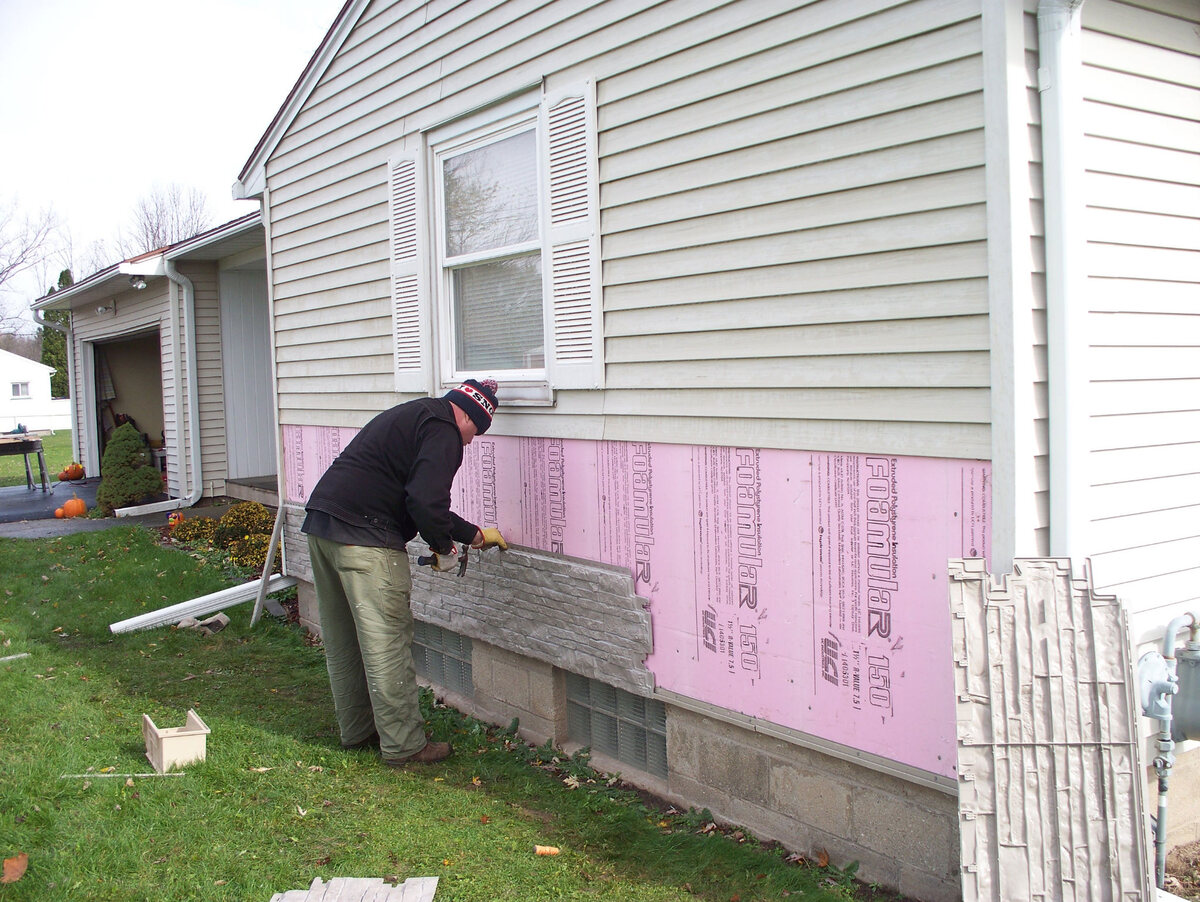

Articles
How Often Should Vinyl Siding Be Replaced
Modified: January 19, 2024
Learn about the frequency of vinyl siding replacement and get expert advice in our informative articles.
(Many of the links in this article redirect to a specific reviewed product. Your purchase of these products through affiliate links helps to generate commission for Storables.com, at no extra cost. Learn more)
Introduction
When it comes to protecting and beautifying your home, vinyl siding is a popular choice for many homeowners. Its durability, low maintenance requirements, and wide range of colors and styles make it a top contender in the world of exterior cladding. However, like any building material, vinyl siding has a limited lifespan and will eventually need to be replaced.
In this article, we will explore the factors that influence the lifespan of vinyl siding, signs of aging and deterioration to look out for, as well as tips on how to increase its longevity. So, if you’re wondering how often vinyl siding should be replaced, read on to learn more.
Key Takeaways:
- Regular inspections and maintenance are crucial for extending the lifespan of vinyl siding. Addressing issues promptly and protecting it from pests and extreme weather conditions can preserve its appearance and functionality.
- Hiring a professional contractor for siding replacement is a wise decision. Their expertise, efficiency, and attention to detail ensure a high-quality installation that enhances the beauty and value of your home.
Read more: How Often Should Plumbing Be Replaced
Factors Influencing the Lifespan of Vinyl Siding
Several factors play a role in determining how long vinyl siding will last on your home. Understanding these factors can help you make informed decisions about maintenance and replacement. Here are the key factors that influence the lifespan of vinyl siding:
- Quality of Materials: The quality of the vinyl used in the siding can have a significant impact on its longevity. Higher-quality vinyl is generally more resistant to fading, cracking, and warping, which can extend its lifespan.
- Installation: Proper installation is crucial for the longevity of vinyl siding. If the siding is not installed correctly, it can lead to issues like moisture infiltration and poor structural support, which can shorten its lifespan.
- Climate: The climate in which your home is located can affect the lifespan of the siding. Extreme weather conditions, such as intense heat, cold temperatures, high winds, and fluctuating humidity levels, can accelerate wear and tear.
- Maintenance: Regular maintenance plays a vital role in extending the lifespan of vinyl siding. Proper cleaning and inspection can help detect and address any issues before they worsen.
- Exposure to Sunlight: Prolonged exposure to the sun’s UV rays can cause vinyl siding to fade and become brittle over time. Siding that receives more direct sunlight may have a shorter lifespan than siding in shaded areas.
- Pest Infestation: Insects, including termites and carpenter ants, can cause significant damage to vinyl siding if not detected and treated promptly.
By considering these factors and taking proactive measures, you can maximize the lifespan of your vinyl siding and keep it looking beautiful for years to come.
Signs of Aging and Deterioration in Vinyl Siding
Over time, vinyl siding can start to show signs of aging and deterioration. Being able to identify these signs is important in determining when it’s time for a replacement. Here are some common signs that your vinyl siding may be reaching the end of its lifespan:
- Fading: One of the most noticeable signs of aging in vinyl siding is fading. Exposure to sunlight and the elements can cause the color of the siding to fade, making it appear dull and worn.
- Cracking or Splitting: Over time, vinyl siding can develop cracks or splits, especially if it has been exposed to extreme temperature fluctuations or physical damage.
- Warped or Buckled Siding: Moisture infiltration or improper installation can cause vinyl siding to warp or buckle. This can lead to gaps between the siding panels and compromise the integrity of the cladding.
- Mold or Mildew Growth: If you notice the growth of mold or mildew on your vinyl siding, it indicates that moisture is seeping into the siding and potentially causing damage beneath the surface.
- Loose or Missing Siding Panels: Over time, the fasteners that hold the siding in place can become loose or damaged, causing the siding panels to become loose or even fall off.
- Insect Infestation: Holes, tunnels, or signs of insect activity on the vinyl siding can indicate a pest infestation. Insects can cause damage to the siding and underlying structure, leading to the need for replacement.
If you notice any of these signs, it’s important to address them promptly. Ignoring these issues can lead to further damage to your home, decreased energy efficiency, and a compromised exterior appearance. Regular inspections and maintenance can help identify problems early on and prevent them from escalating.
The Importance of Regular Inspections
Regular inspections are essential for maintaining the integrity and longevity of your vinyl siding. By conducting routine inspections, you can identify any issues or signs of damage early on, allowing for timely repairs or replacements. Here’s why regular inspections are so important:
- Early Problem Detection: Regular inspections enable you to identify potential problems before they worsen. This allows you to address issues promptly and prevent further damage to your siding and home.
- Cost Savings: Identifying and addressing minor issues early on can save you from costly repairs or complete siding replacements down the line. By catching problems early, you can take proactive measures to mitigate damage and avoid expensive repairs.
- Maintaining Curb Appeal: Vinyl siding plays a crucial role in the aesthetic appeal of your home. Regular inspections help you maintain its visual appeal by identifying any fading, cracking, or other signs of deterioration that may be affecting its appearance.
- Preserving Energy Efficiency: Damaged or deteriorating siding can affect the insulation properties of your home, leading to energy loss and increased utility bills. Regular inspections can help you identify any areas of concern that may be compromising your home’s energy efficiency.
- Ensuring Structural Integrity: Siding not only enhances the appearance of your home but also provides protection against the elements. Regular inspections can help you identify any issues that may be compromising the structural integrity of your home, such as water infiltration or pest damage.
- Peace of Mind: Regular inspections give you peace of mind, knowing that your siding is in good condition and providing optimal protection for your home and family.
To effectively inspect your vinyl siding, it’s recommended to start from a distance and visually assess its overall condition. Look for any visible signs of damage, such as cracking, warping, or discoloration. Additionally, inspect the areas around windows, doors, and corners, as these are common areas for potential issues to occur.
By conducting regular inspections and addressing any issues promptly, you can prolong the lifespan of your vinyl siding and ensure that it continues to enhance the beauty and protection of your home for years to come.
Understanding When Vinyl Siding Needs to be Replaced
Vinyl siding is designed to be durable and long-lasting, but eventually, it will reach the end of its lifespan and require replacement. Knowing when it’s time to replace your vinyl siding is essential to maintain the integrity and appearance of your home. Here are some indicators that it may be time to replace your vinyl siding:
- Visible Damage: If you notice significant damage to your vinyl siding, such as extensive cracking, warping, or missing panels, it is a clear sign that replacement is necessary. Severe damage compromises the functionality and aesthetic appeal of the siding.
- Frequent Repairs: When your vinyl siding requires frequent repairs, it may be more cost-effective and practical to opt for a full replacement. Constantly patching up problems can become time-consuming and expensive in the long run.
- Aging Siding: Vinyl siding has an average lifespan of 20-40 years, depending on the quality of materials and maintenance. If your siding is reaching or surpassing this timeframe, it’s a good idea to start considering a replacement.
- High Energy Costs: If you notice a significant increase in your energy bills, it could be a result of deteriorating vinyl siding. Damaged or aging siding can compromise your home’s insulation properties, leading to energy loss and higher utility costs.
- Mold or Mildew Growth: Excessive mold or mildew growth on your vinyl siding is a clear sign that there is moisture infiltration. This can lead to further damage to the siding and potentially affect the structural integrity of your home.
- Fading or Discoloration: Over time, vinyl siding can fade or become discolored, diminishing its visual appeal. If your siding has lost its original vibrant color and attempts to clean or restore it have been ineffective, replacement may be the best solution.
It’s important to note that vinyl siding replacement is a significant investment. However, the benefits of replacing your worn-out siding include improved aesthetics, increased energy efficiency, enhanced protection against the elements, and potentially higher resale value.
If you’re unsure whether your vinyl siding needs to be replaced, it’s recommended to consult with a professional siding contractor. They can assess the condition of your siding and provide expert advice on whether replacement is necessary or if repairs can suffice.
By understanding the signs of when vinyl siding needs to be replaced, you can make informed decisions to ensure the long-term beauty and functionality of your home’s exterior.
Vinyl siding typically lasts 20-40 years, but factors like weather and maintenance can affect its lifespan. Inspect for signs of wear and consider replacement if it’s faded, cracked, or showing signs of water damage.
Read more: How To Replace Vinyl Siding Corner Post
Common Issues That May Require Siding Replacement
Siding is exposed to various elements and can encounter a range of issues throughout its lifespan. While some problems can be repaired, there are certain issues that may necessitate a full siding replacement. Here are some common problems that may require siding replacement:
- Extensive Damage: If your siding has experienced significant damage from severe weather events like storms, hurricanes, or hail, repair may not be sufficient. Extensive damage, such as large cracks, holes, or complete sections missing, may warrant a complete replacement.
- Water Damage: Water infiltration behind the siding can cause extensive damage to both the siding and the underlying structure. Mold growth, rot, and decay are signs of severe water damage that may require a complete siding replacement.
- Persistent Pest Infestation: If your home has been infiltrated by pests such as termites, carpenter ants, or wood-boring insects, they may cause irreparable damage to the siding. In such cases, siding replacement is necessary to ensure the extermination of pests and prevent further structural damage.
- Siding Decay: Over time, certain types of siding, such as wood siding, can naturally decay due to exposure to moisture, pests, and age. If the decay is widespread and compromises the structural integrity of the siding, replacement is the best course of action.
- Severe Fading: While some fading is normal with age, severe and uneven fading can make your siding look worn and unattractive. If attempts to restore the color or appearance of the siding are ineffective, replacement may be necessary to refresh the overall look of your home.
- Outdated or Incompatible Style: If you have an older home or have made significant changes to your home’s exterior, your current siding may no longer match the style or design aesthetic you desire. In such cases, opting for a siding replacement can help you achieve a cohesive and updated look.
It’s important to consult with a professional siding contractor to assess the severity of the issues and determine whether siding replacement is the best solution. They can evaluate the condition of the siding, identify any underlying issues, and recommend the most appropriate course of action.
Remember, timely siding replacement can help maintain the structural integrity, curb appeal, and energy efficiency of your home, providing long-lasting protection and enhancing its overall value.
How to Increase the Lifespan of Vinyl Siding
Vinyl siding is known for its durability and low maintenance requirements, but there are several steps you can take to extend its lifespan even further. By adopting proper maintenance practices and addressing issues promptly, you can maximize the longevity and performance of your vinyl siding. Here are some tips to help increase the lifespan of your vinyl siding:
- Regular Cleaning: Periodically cleaning your vinyl siding helps prevent dirt, grime, and mold from accumulating on the surface. Use a soft-bristle brush or a pressure washer to gently clean the siding, starting from the bottom and working your way up. Avoid using abrasive cleaners or harsh chemicals that can damage the vinyl.
- Prompt Repairs: If you notice any issues or damage, such as cracks, loose panels, or gaps, address them promptly. Repair or replace damaged sections to prevent further deterioration and potential water infiltration.
- Trim Overhanging Trees: Keep tree branches trimmed and away from your home to minimize the risk of branches rubbing against the siding or causing damage during storms. Falling debris and leaves can also contribute to moisture buildup, leading to potential damage.
- Inspect for Pests: Regularly inspect your siding for signs of pest infestation, such as holes, sawdust, or damaged areas. If you notice any signs of pests, consult a professional exterminator to eliminate the problem before it causes further damage.
- Avoid Heat Sources: Keep heat sources, such as grills or fire pits, a safe distance away from your vinyl siding. Intense heat can cause the siding to warp or melt, compromising its integrity. Additionally, be cautious with reflective surfaces, such as windows, that can concentrate sunlight onto the siding, potentially causing damage.
- Inspect Caulking and Seals: Inspect the caulking and seals around windows, doors, and joints between siding panels. Replace any deteriorating or cracked caulking to maintain a tight seal and prevent water infiltration.
- Protect from Lawn Equipment: Be careful when using lawnmowers, trimmers, or other gardening equipment near the siding. Accidental impacts can cause dents or cracks. Use caution and establish clear boundaries to avoid damaging the siding.
- Consider Professional Inspections: Regular professional inspections can help identify potential issues and address them before they escalate. Siding experts can provide expert advice, detect hidden damage, and recommend appropriate maintenance or repairs.
By following these maintenance tips and taking proactive measures, you can significantly increase the lifespan of your vinyl siding. However, it’s important to remember that vinyl siding does have a limited lifespan, and there may come a time when replacement is necessary to ensure the continued protection and beauty of your home.
Consulting with a professional siding contractor can provide you with valuable guidance on maintaining and prolonging the lifespan of your vinyl siding, as well as assisting you with any necessary replacements or repairs.
Hiring a Professional for Siding Replacement
When it comes to replacing your vinyl siding, hiring a professional contractor is highly recommended. While some homeowners may attempt a DIY approach, there are several benefits to entrusting this task to an experienced and qualified professional. Here’s why hiring a professional for siding replacement is a wise decision:
- Expertise and Experience: Siding contractors have the knowledge and expertise to properly assess your home’s needs and recommend the best type of siding material and installation method for your specific situation. Their experience ensures a high-quality installation that meets industry standards.
- Efficiency and Speed: Professional siding contractors are equipped with the necessary tools and skills to complete the job efficiently and in a timely manner. They have the experience to navigate potential challenges and obstacles, ensuring a smooth and swift installation process.
- Quality Craftsmanship: A professional siding contractor will have experience working with various types of siding materials and will ensure that your new siding is installed with precision and attention to detail. This results in a finished product that looks aesthetically pleasing and functions properly.
- Proper Preparation and Installation: Siding replacement requires proper preparation, including removing the existing siding, inspecting the underlying structure, and addressing any necessary repairs or improvements. Professional contractors have the expertise to handle these crucial steps to ensure a solid foundation for the new siding installation.
- Insurance and Warranty: Reputable siding contractors are licensed and insured, protecting you and your property in case of any accidents or damages during the installation process. Additionally, they often offer warranties on their workmanship, providing you with peace of mind and protection for years to come.
- Code Compliance and Permits: Siding replacement may require obtaining permits and ensuring compliance with local building codes. Professional contractors are familiar with these regulations and will handle the necessary paperwork and inspections to ensure your project meets all requirements.
- Unexpected Issues: During the siding replacement process, unexpected issues or challenges may arise. Professional contractors have the experience to handle these situations effectively, making necessary adjustments and repairs to ensure a successful outcome.
When hiring a professional siding contractor, it’s important to do your research and choose a reputable and reliable company. Seek recommendations from friends, family, or neighbors, and read reviews from previous customers. Obtain multiple quotes and compare them based on factors such as price, experience, reputation, and customer satisfaction.
By hiring a professional for your siding replacement, you can have confidence knowing that your project will be completed to industry standards, resulting in a high-quality and durable finished product that enhances the beauty and value of your home.
Conclusion
Vinyl siding is a popular choice for homeowners due to its durability, low maintenance requirements, and aesthetic appeal. However, like any building material, vinyl siding has a limited lifespan and will eventually need to be replaced. By understanding the factors that influence its lifespan and being aware of the signs of aging and deterioration, you can make informed decisions about when it’s time for replacement.
Regular inspections and maintenance play a crucial role in prolonging the lifespan of vinyl siding. By promptly addressing any issues, cleaning it properly, and protecting it from pests and extreme weather conditions, you can extend its longevity and preserve its appearance. It is also important to hire a professional contractor for siding replacement to ensure a smooth and efficient installation process.
Remember, replacing your vinyl siding is an investment in the long-term protection and beauty of your home. It can enhance energy efficiency, improve curb appeal, and potentially increase your home’s value. By taking care of your vinyl siding and addressing any issues promptly, you can enjoy the benefits it offers for many years to come.
If you’re unsure about the condition of your vinyl siding or if it’s time for replacement, consult with a professional siding contractor. They can assess the state of your siding, provide expert advice, and guide you through the replacement process, ensuring a successful and satisfying result.
By following these guidelines and understanding the importance of regular maintenance and timely replacement, you can ensure that your vinyl siding continues to protect and beautify your home for years into the future.
Frequently Asked Questions about How Often Should Vinyl Siding Be Replaced
Was this page helpful?
At Storables.com, we guarantee accurate and reliable information. Our content, validated by Expert Board Contributors, is crafted following stringent Editorial Policies. We're committed to providing you with well-researched, expert-backed insights for all your informational needs.
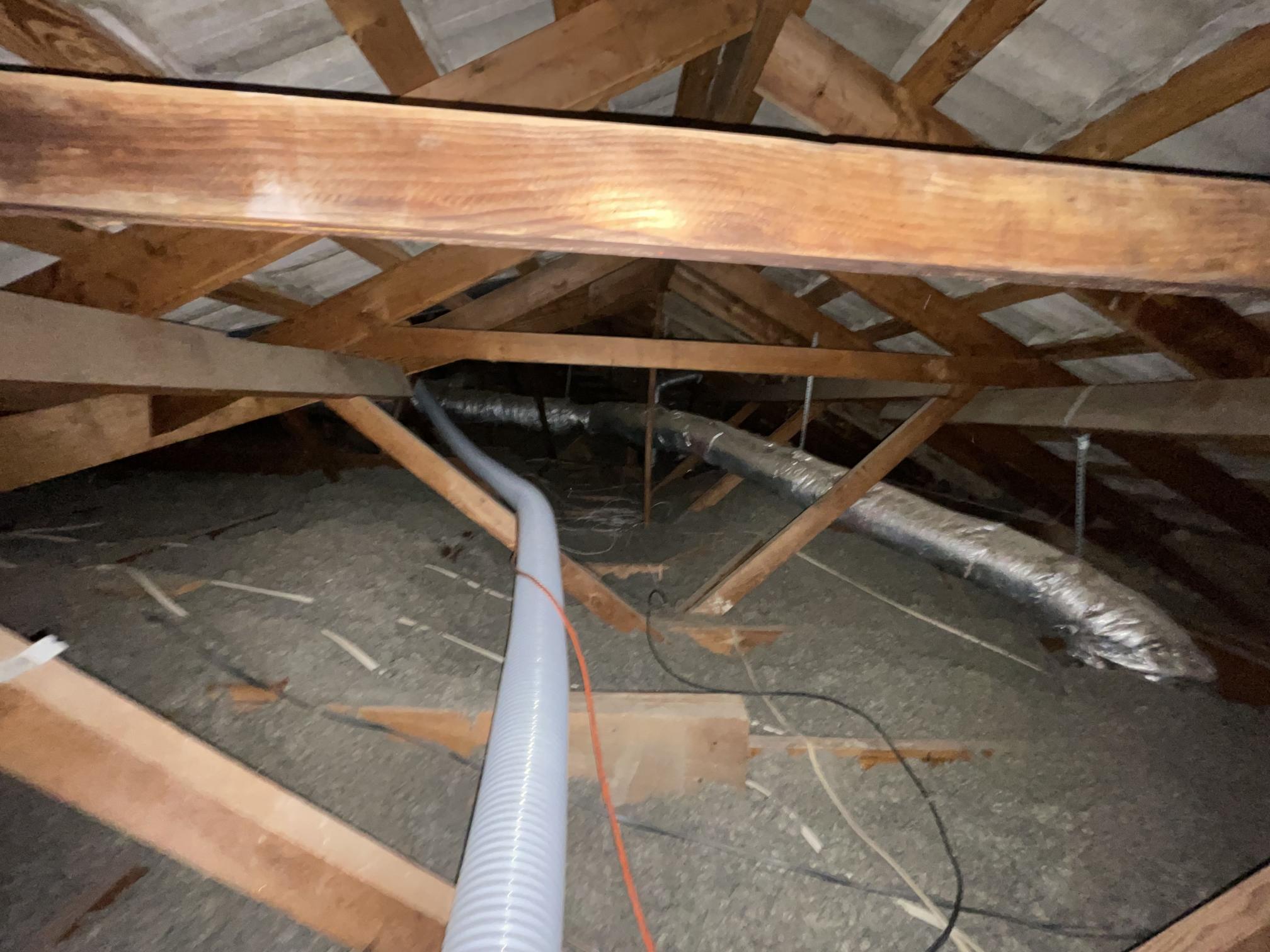
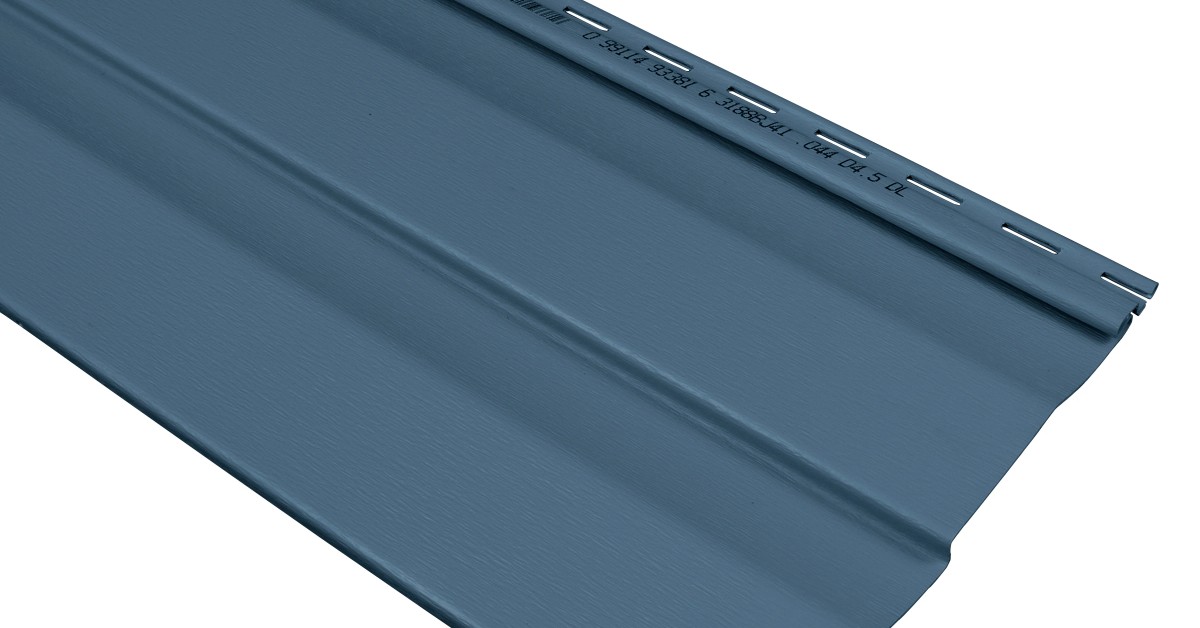
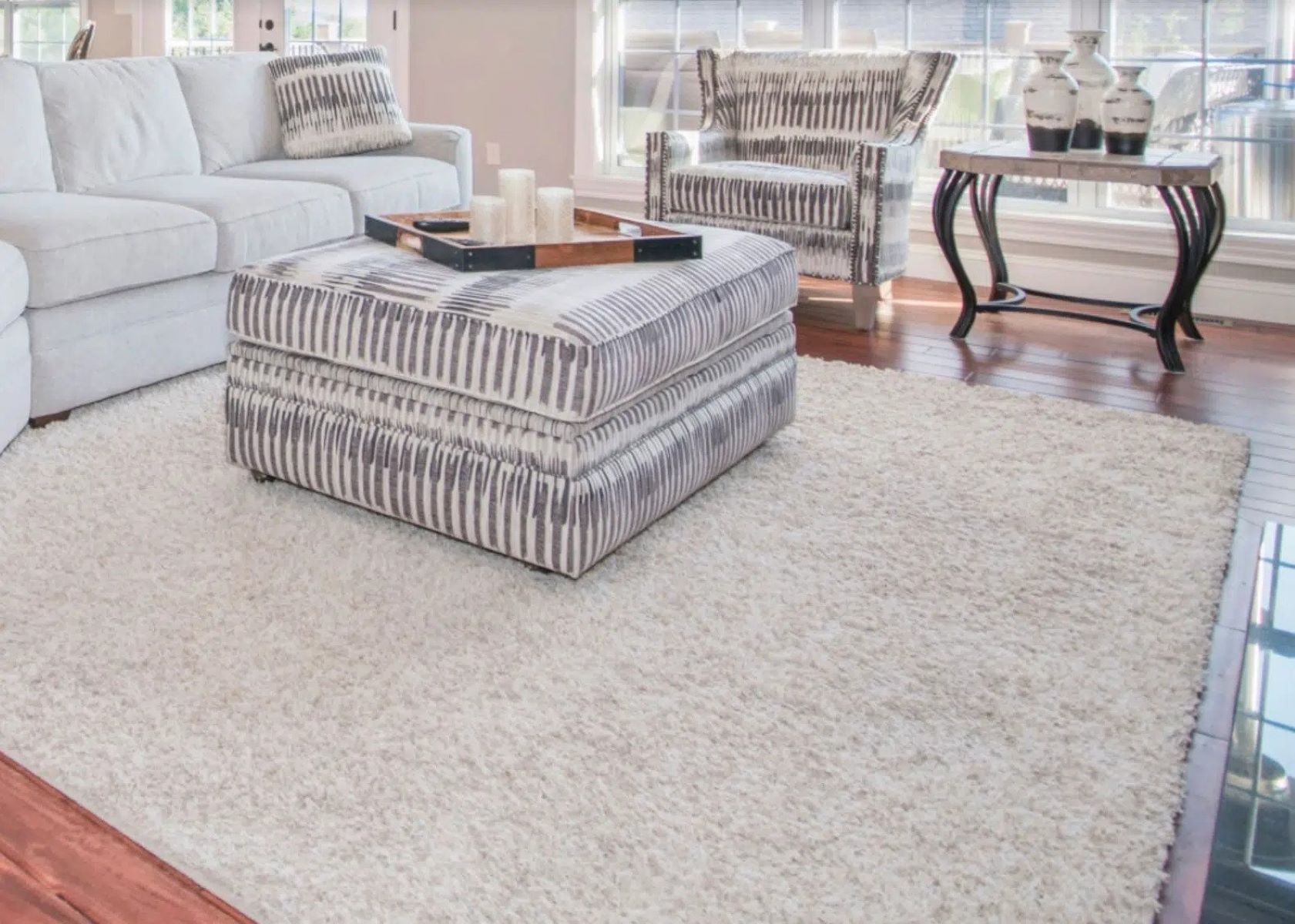
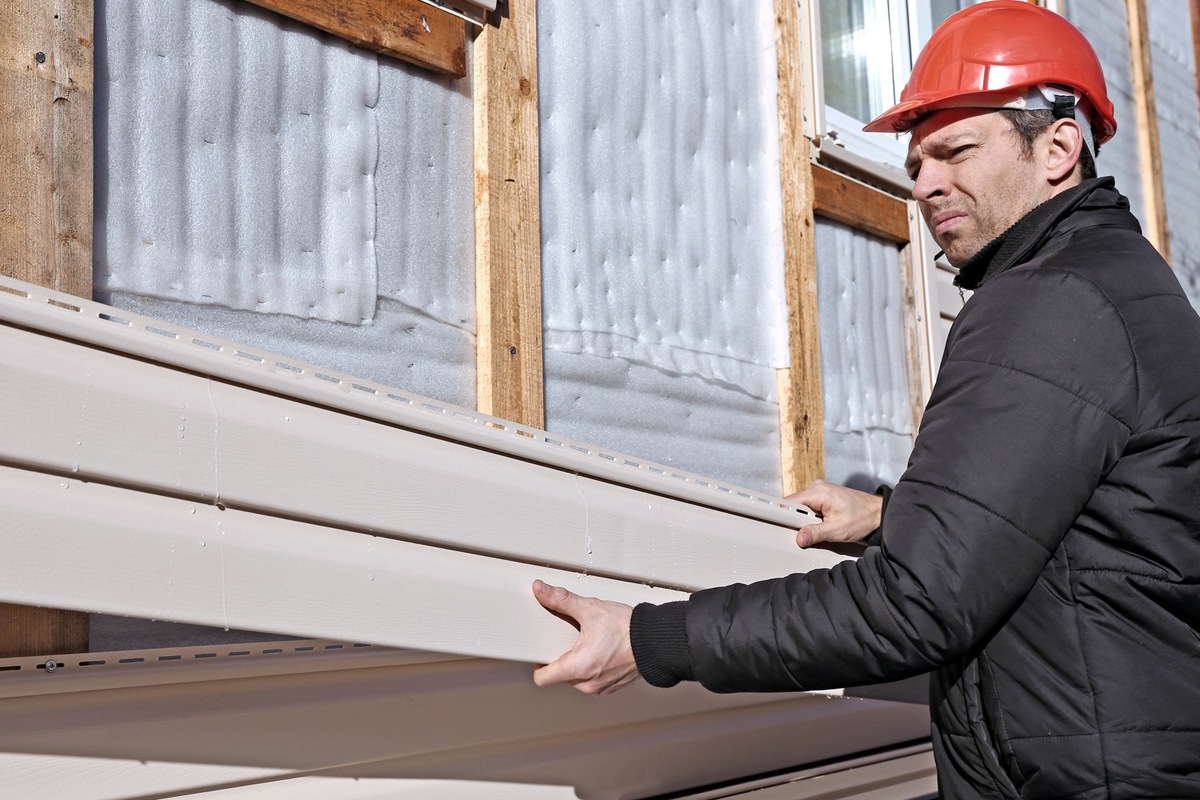
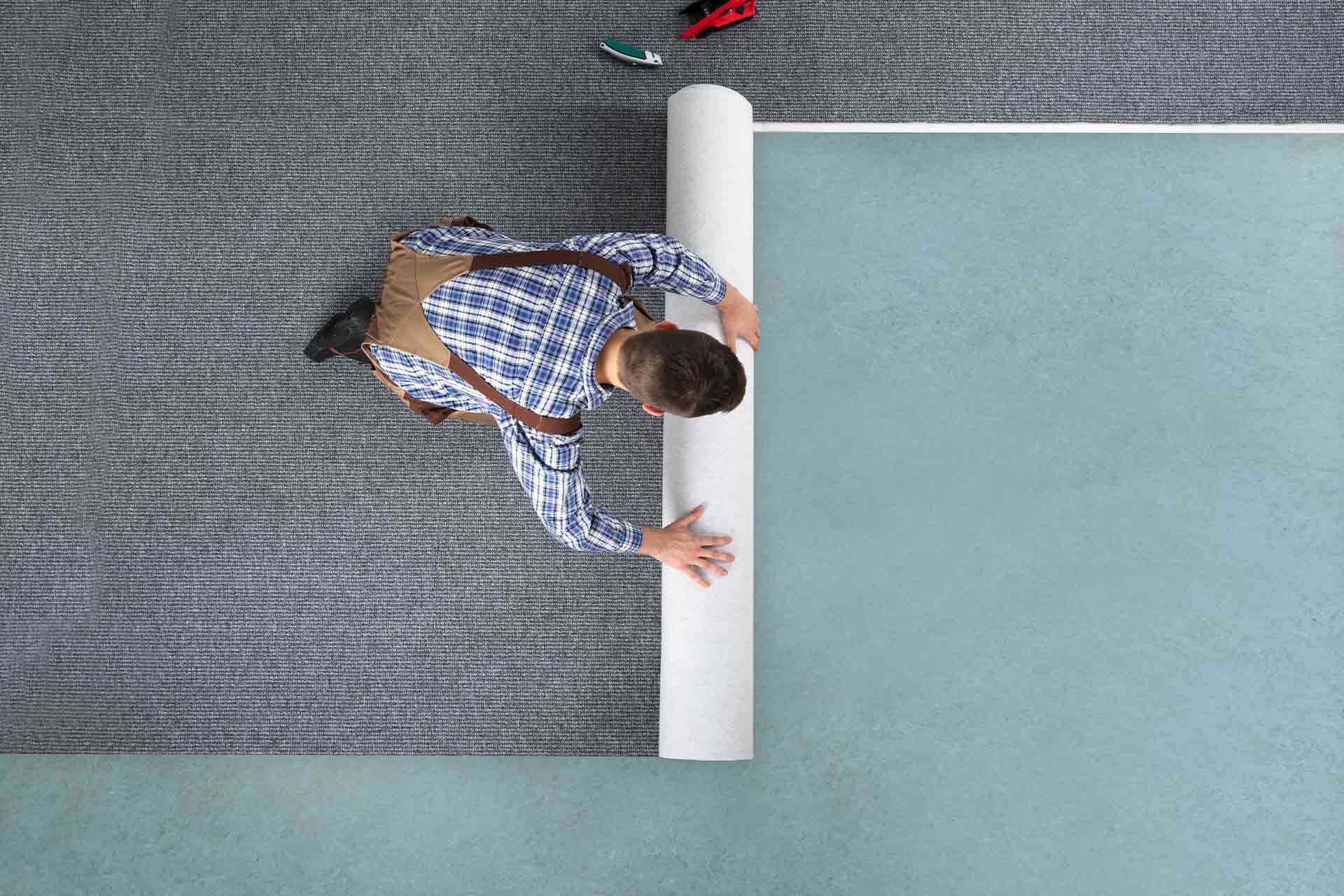
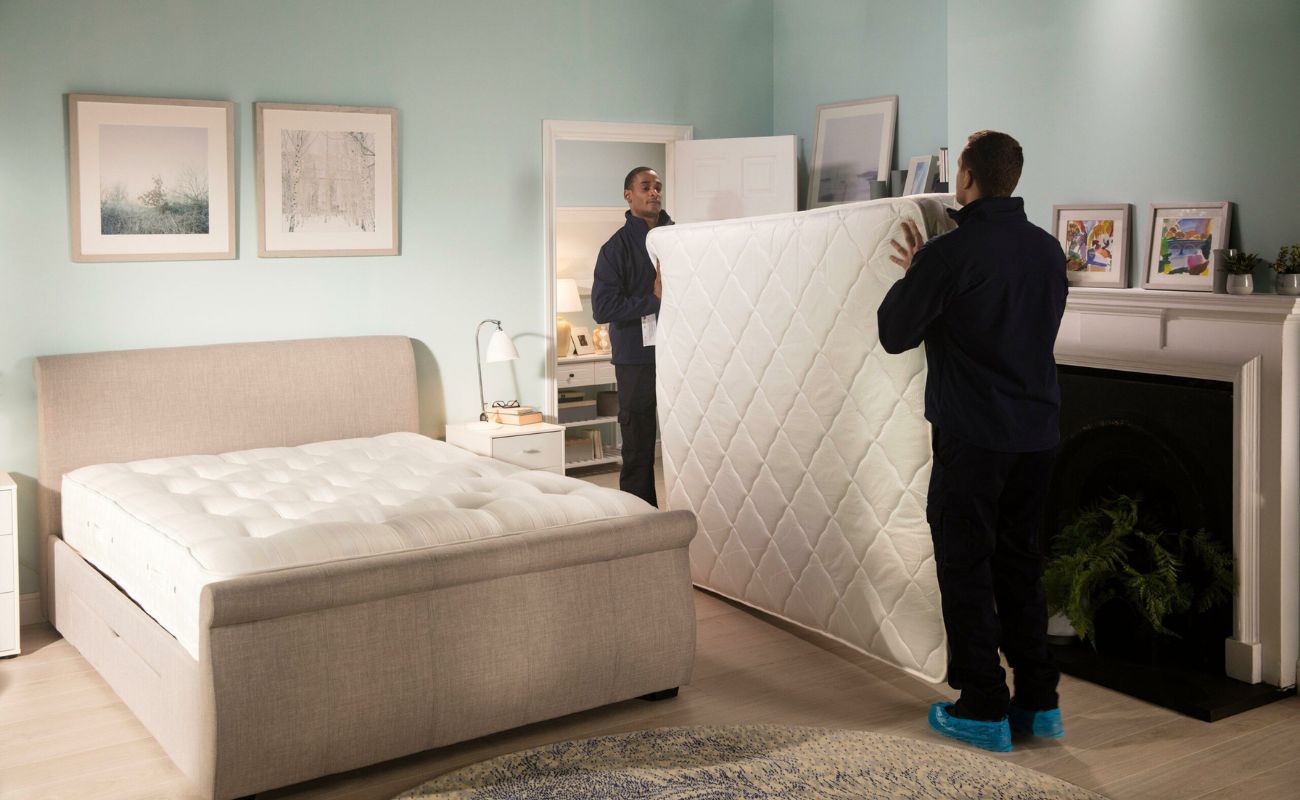
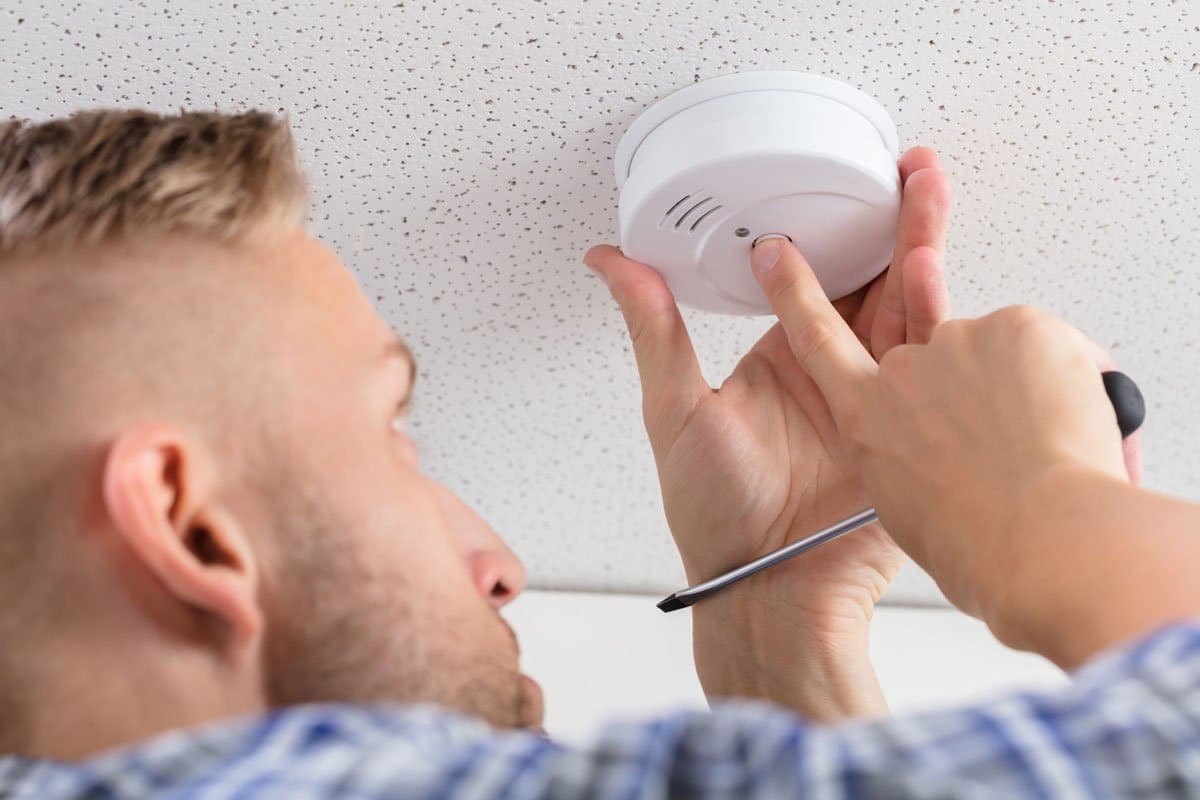
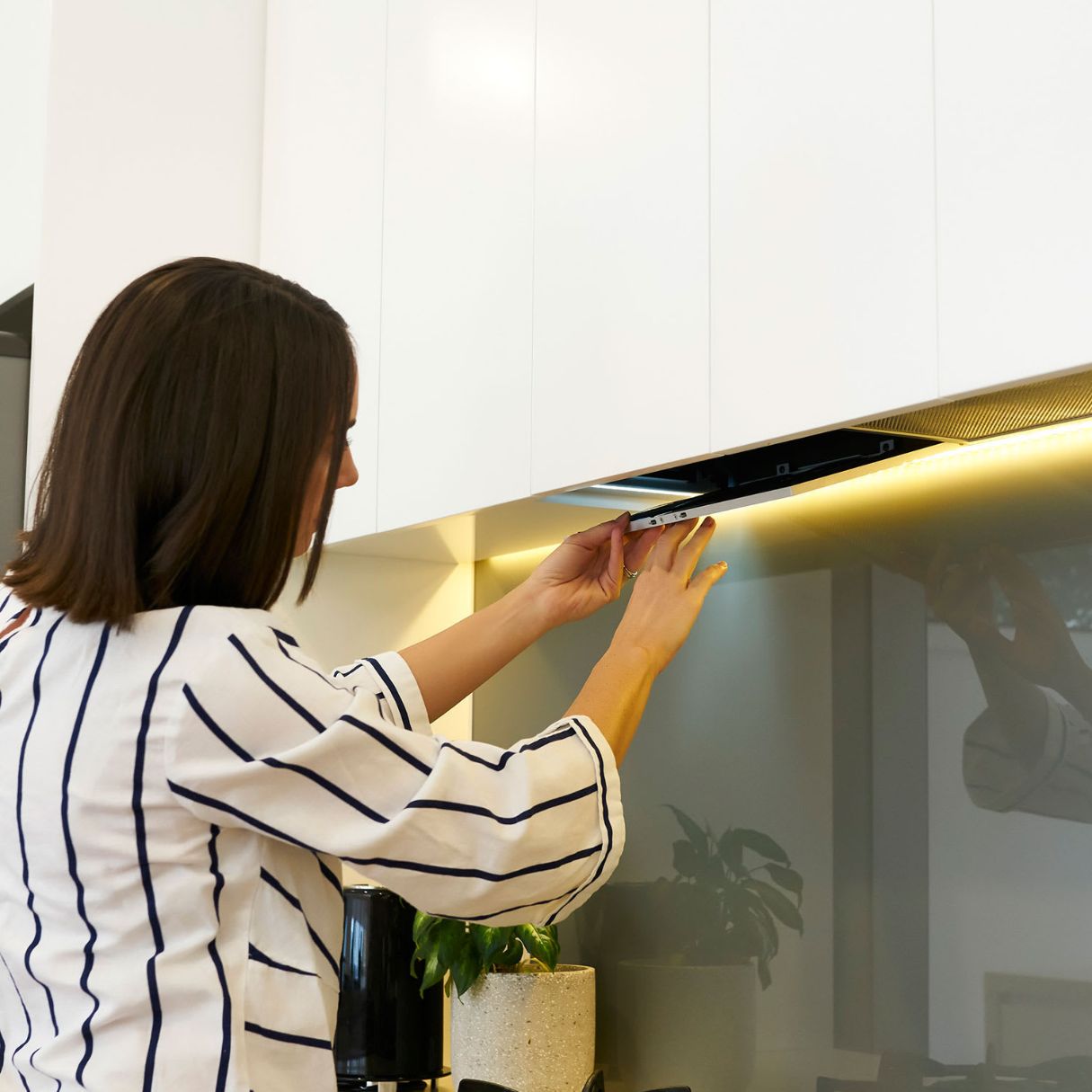
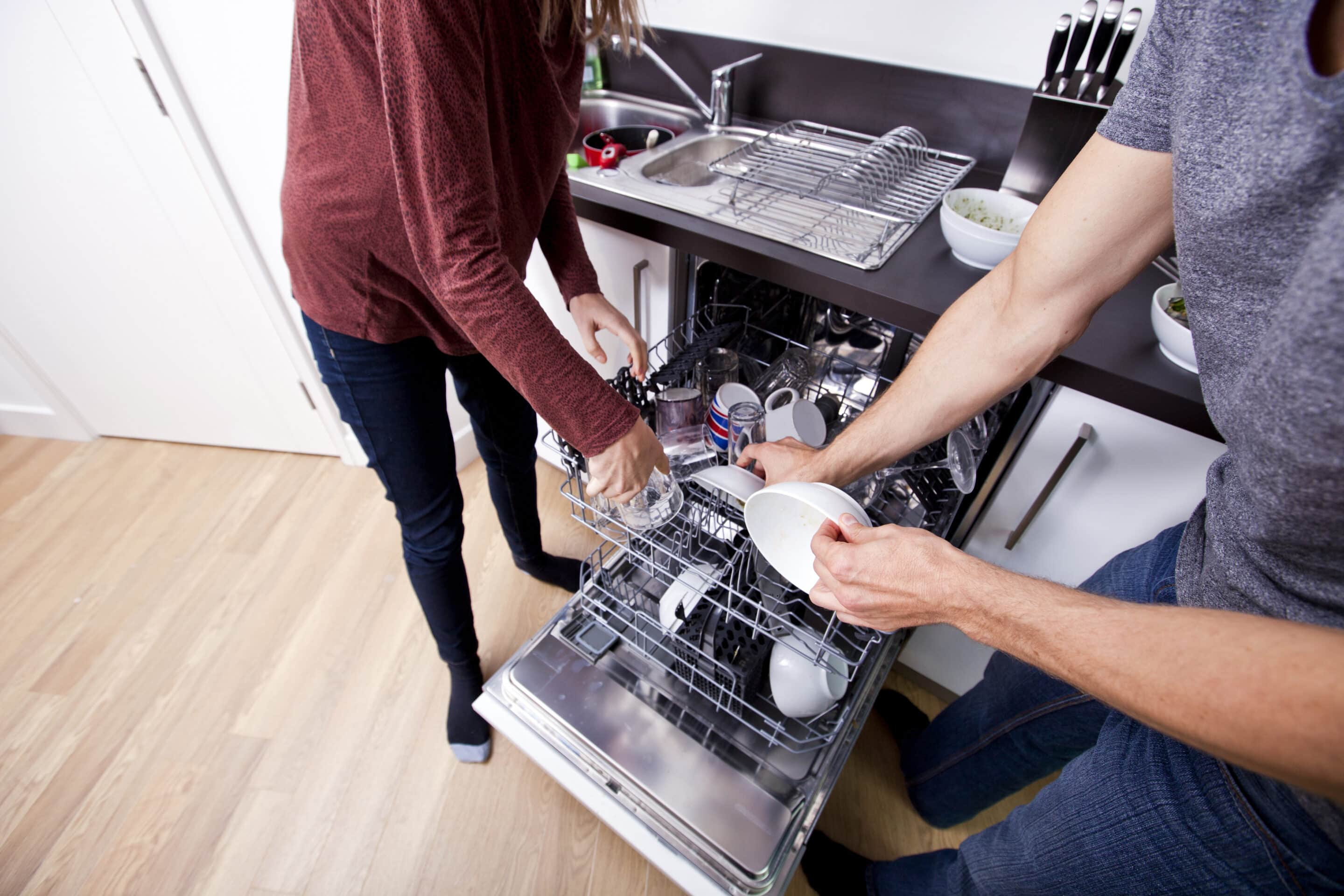
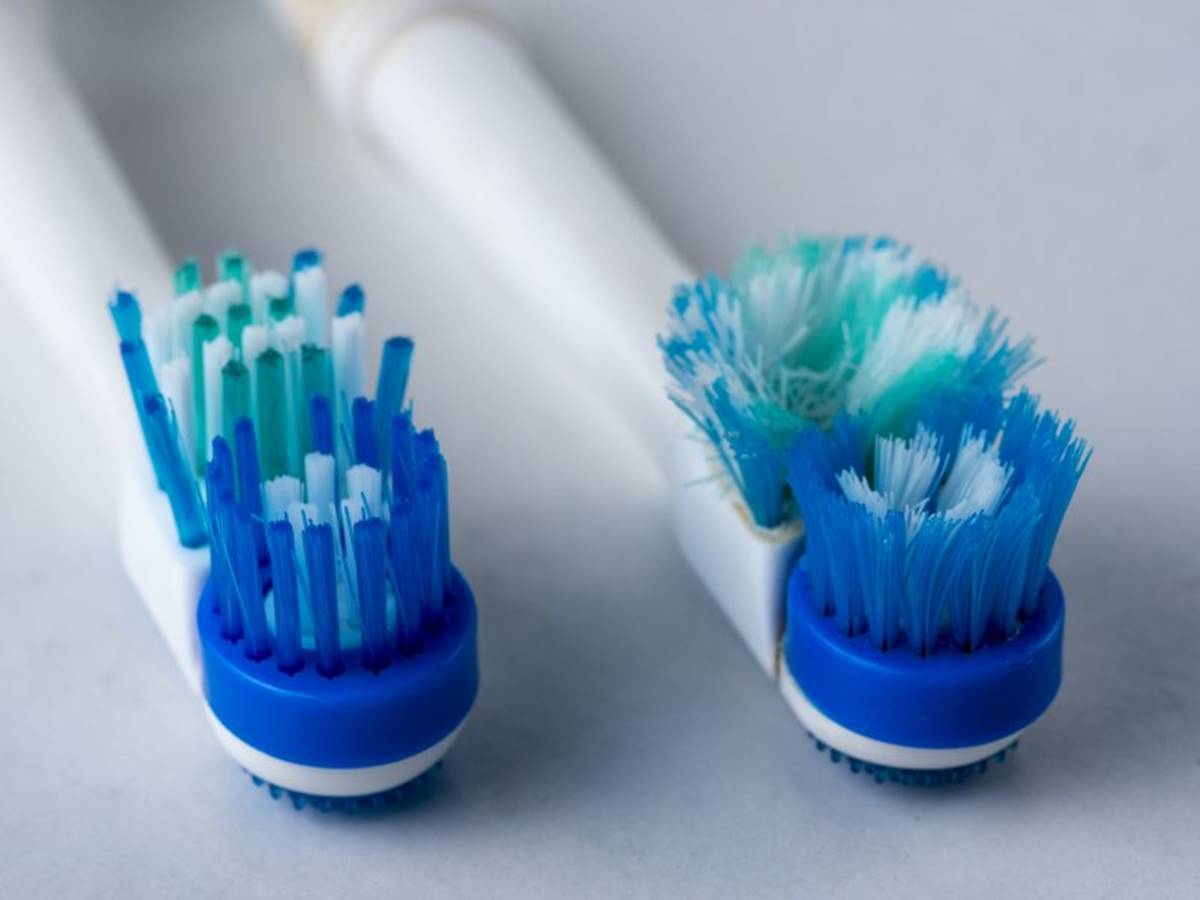
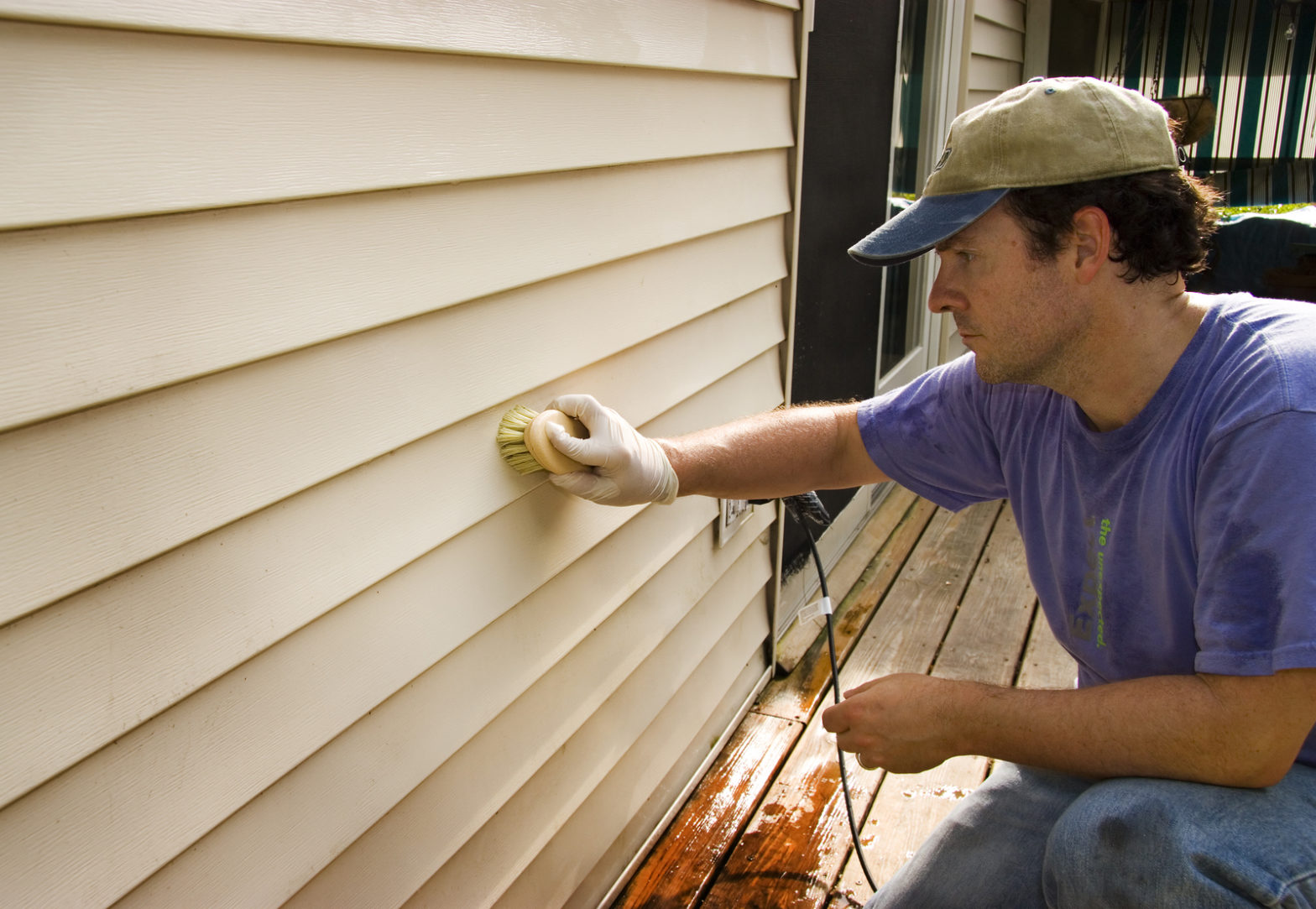
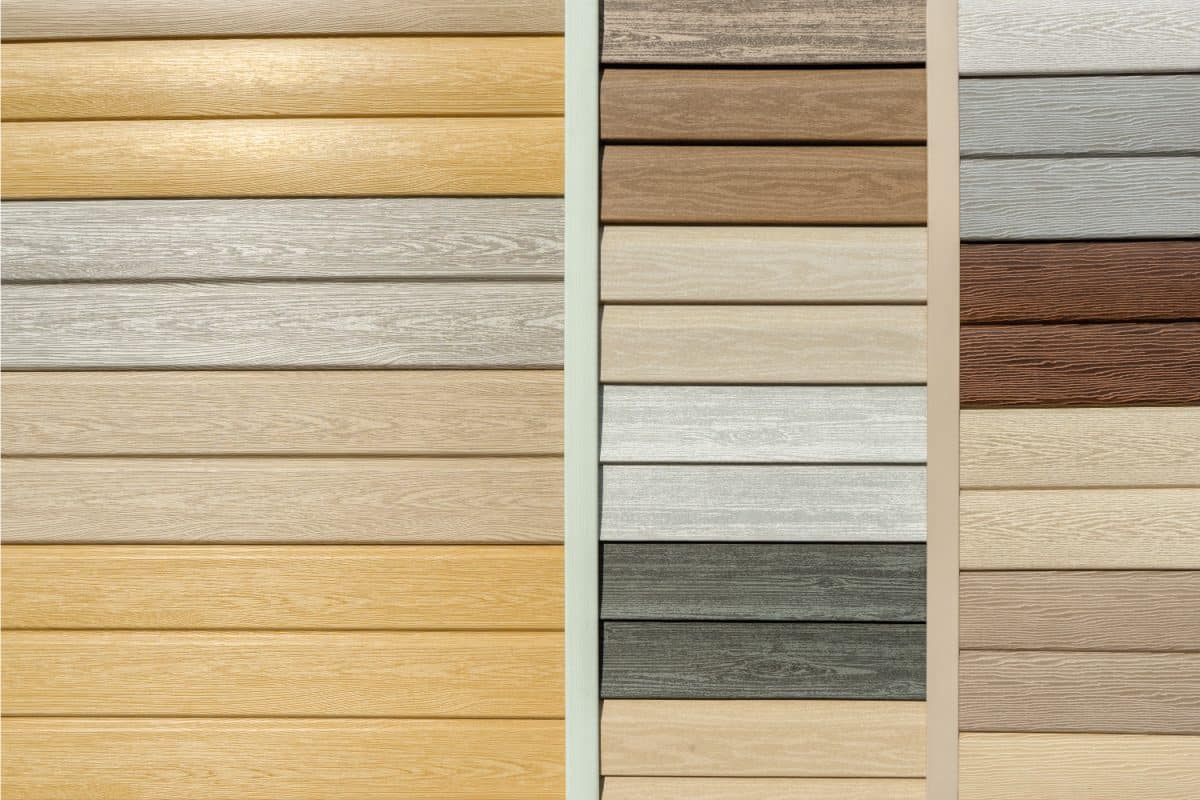
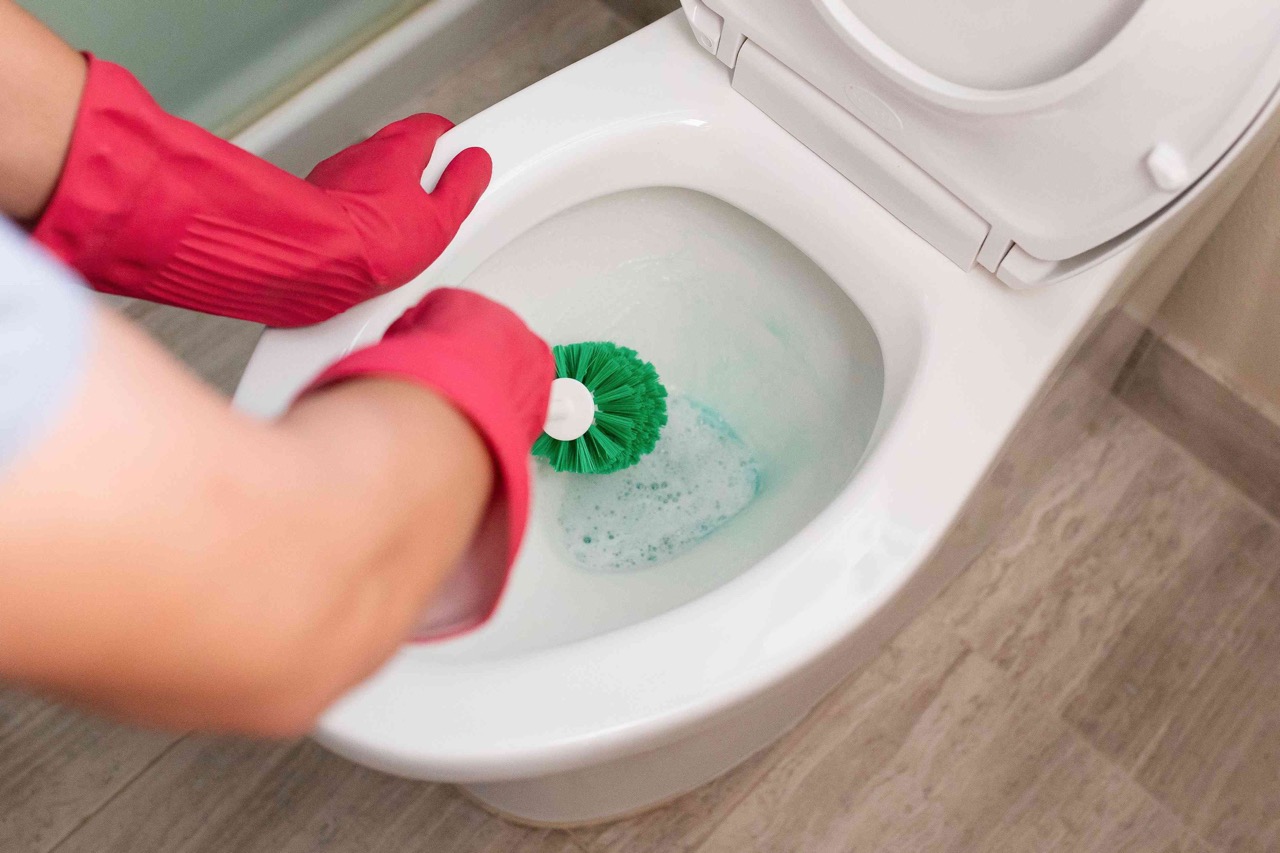
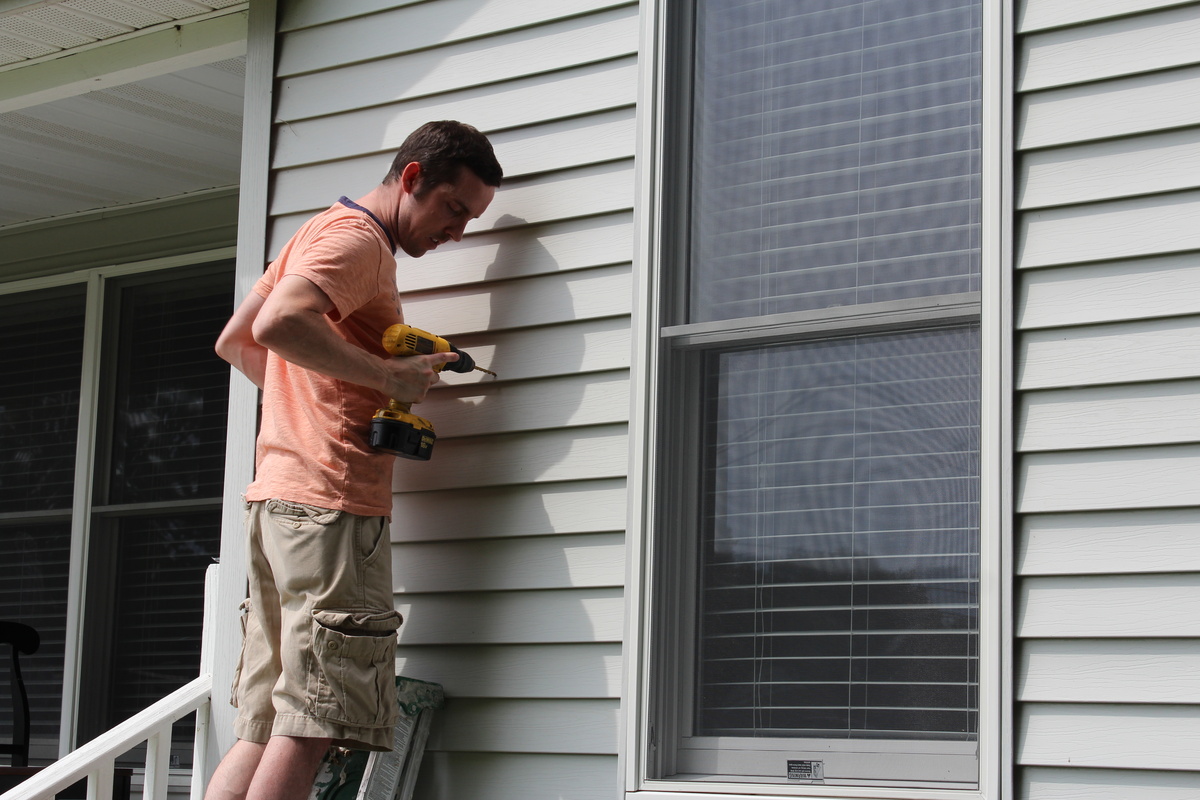

0 thoughts on “How Often Should Vinyl Siding Be Replaced”